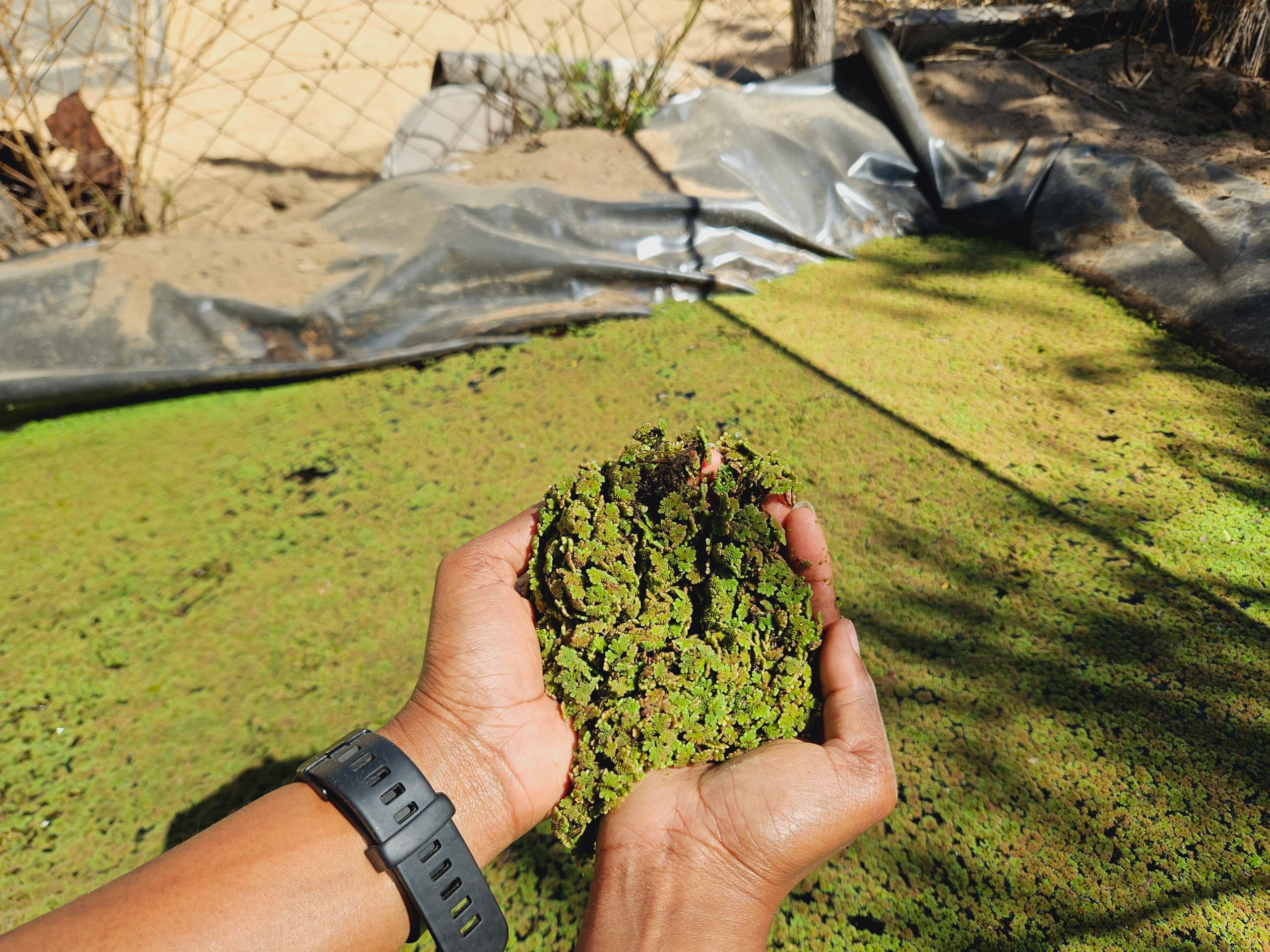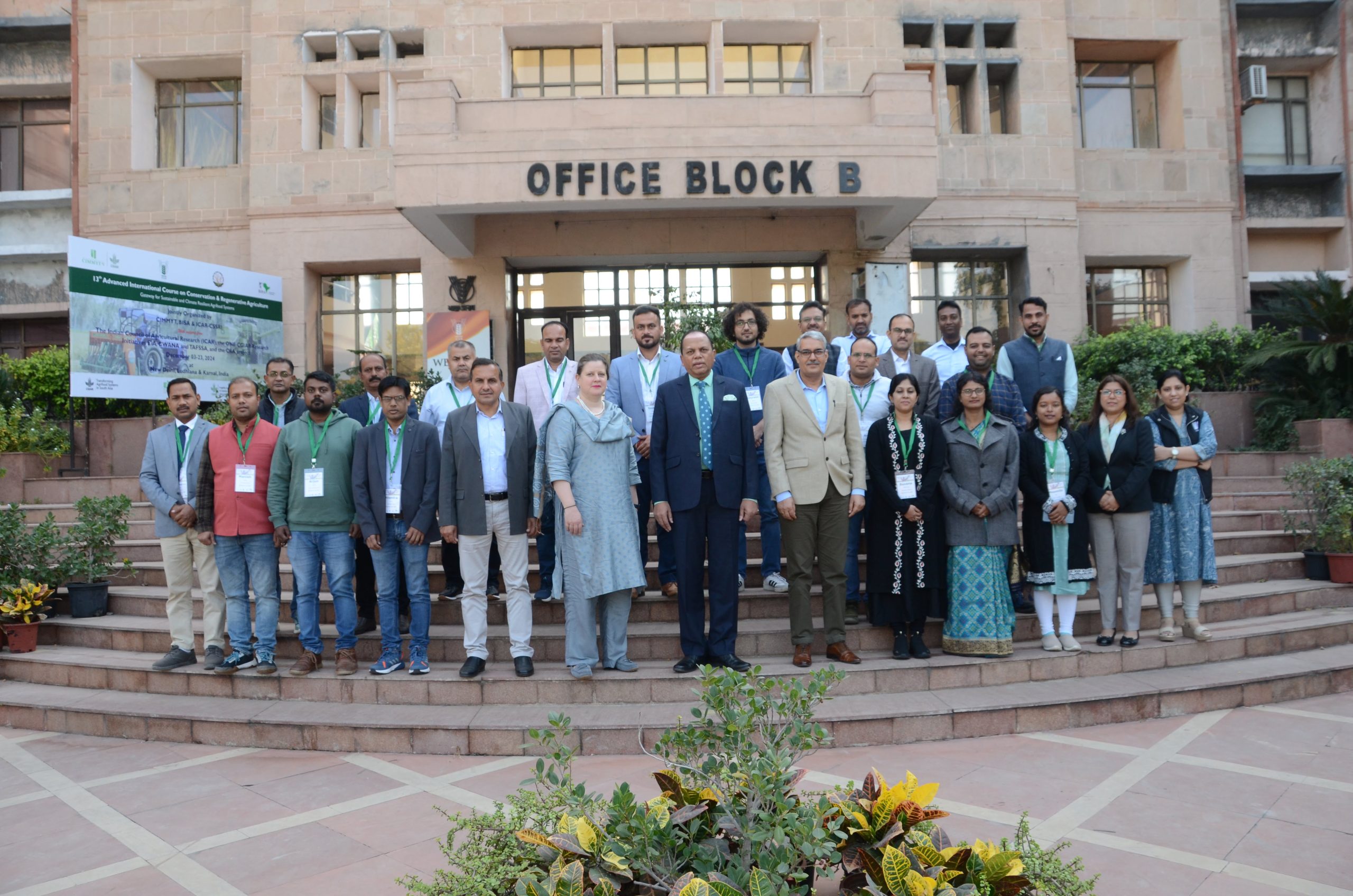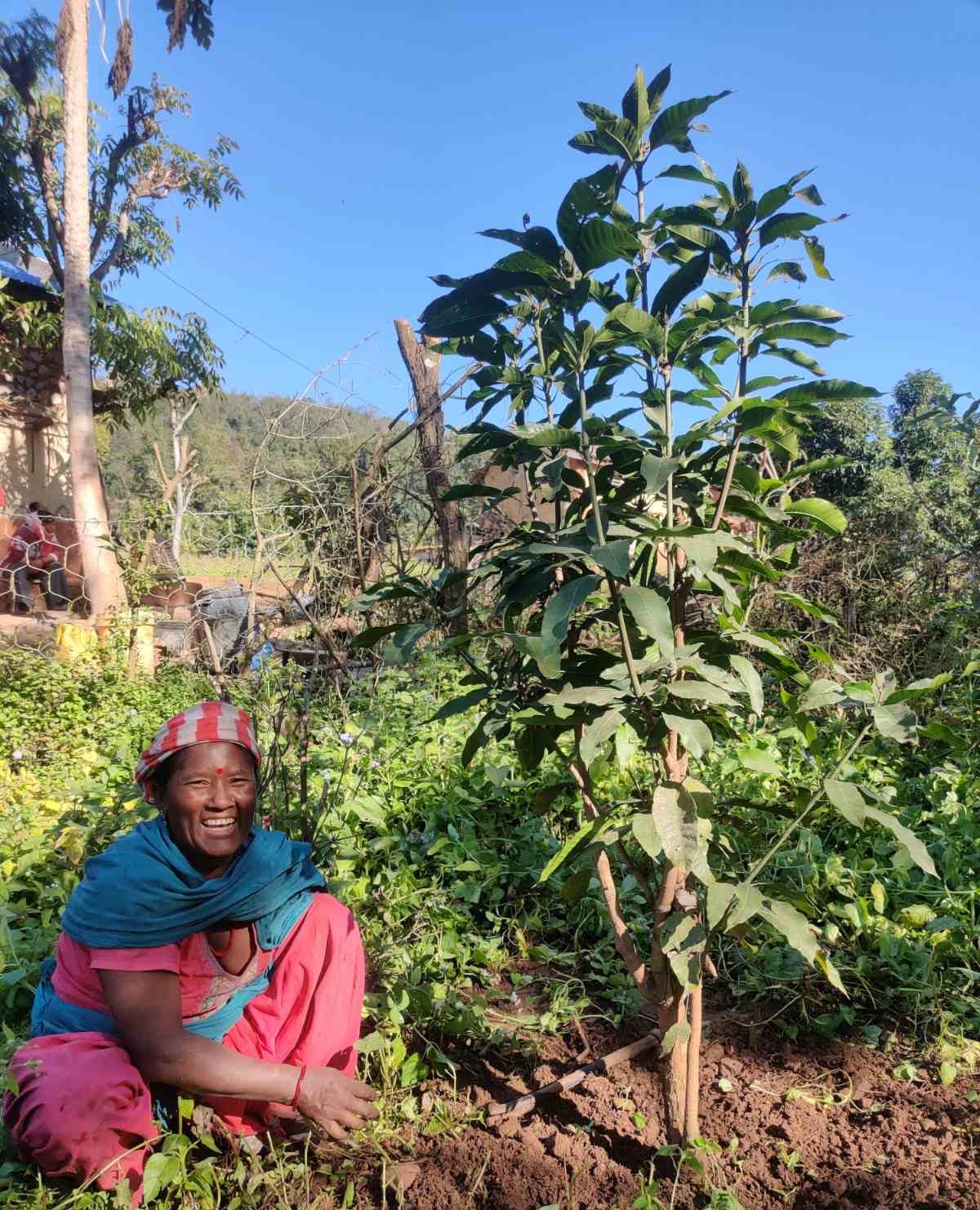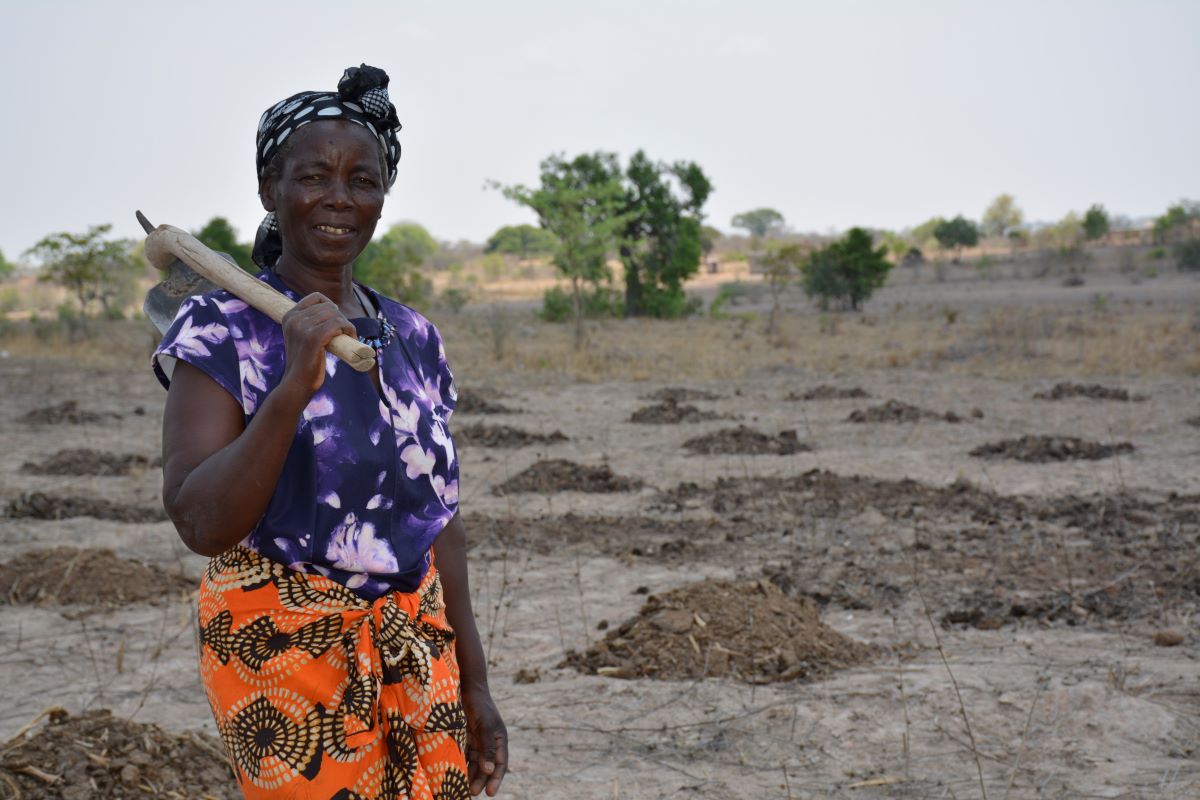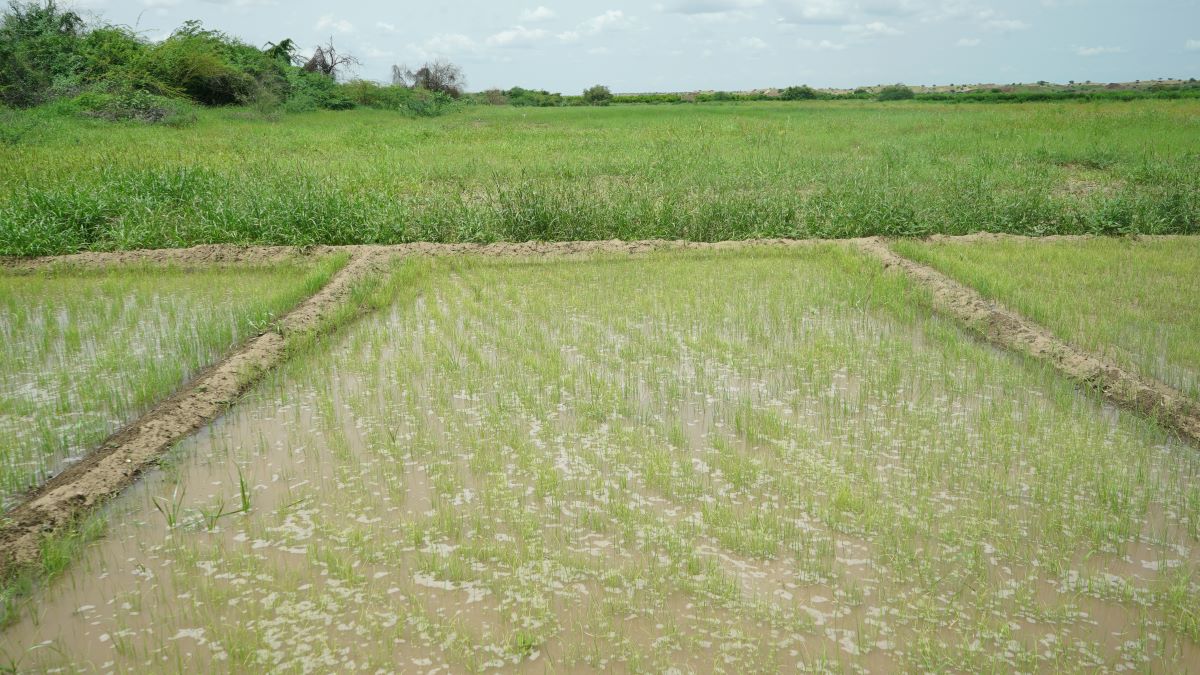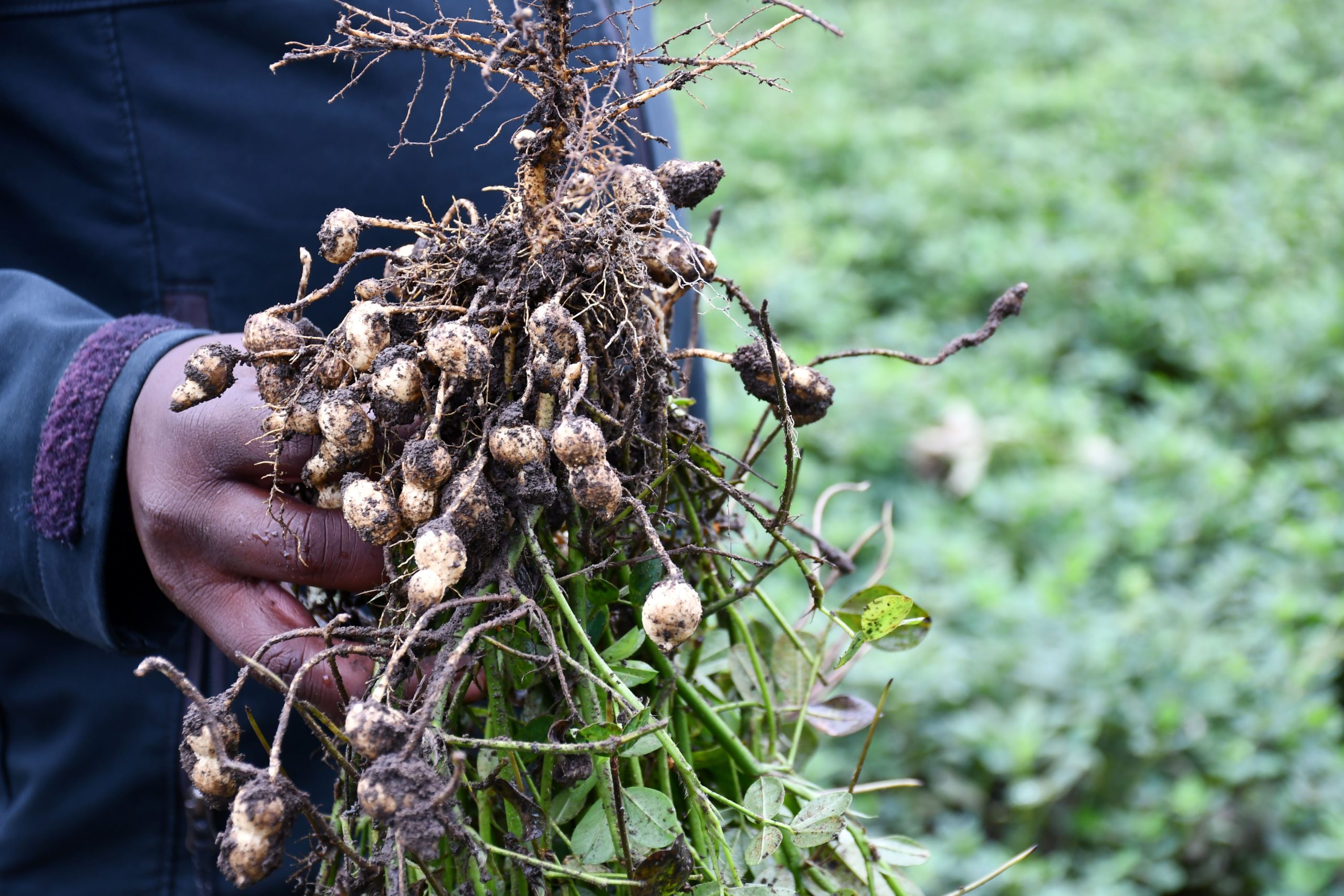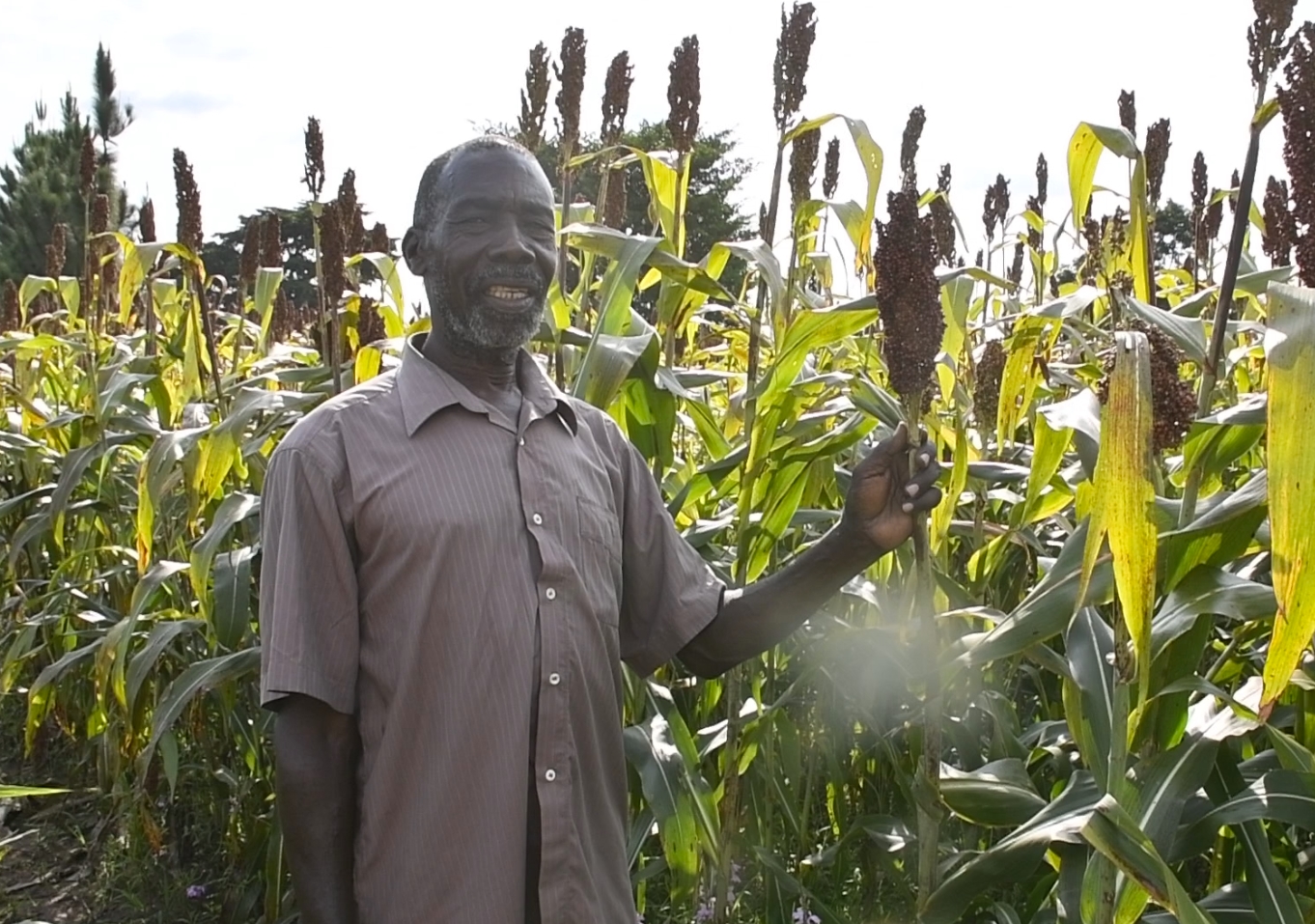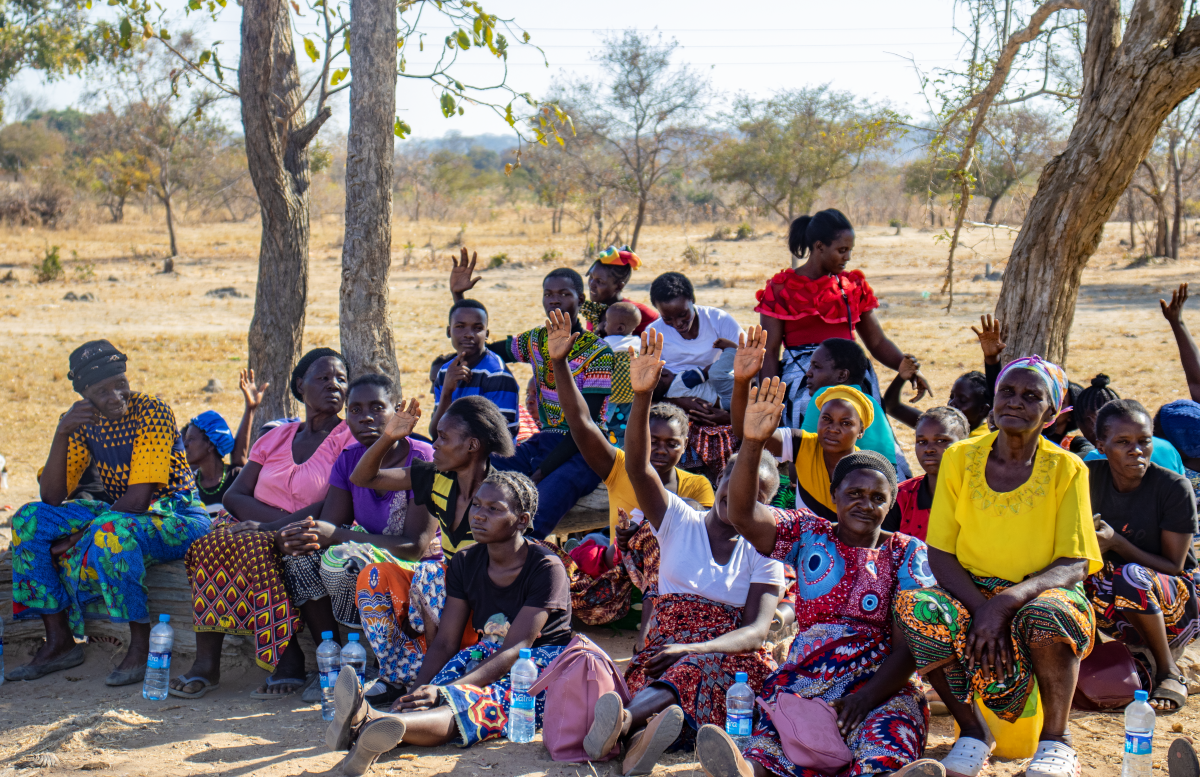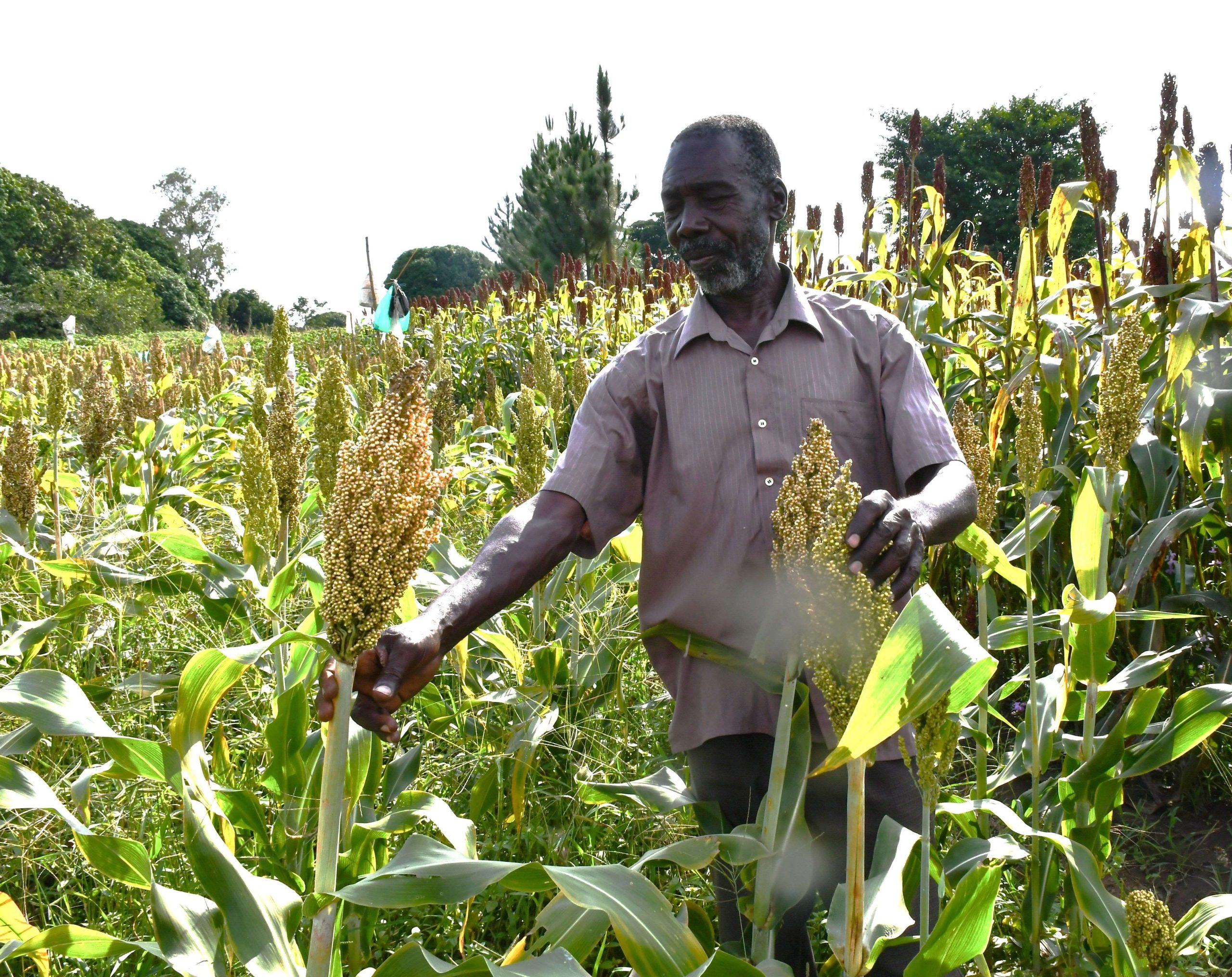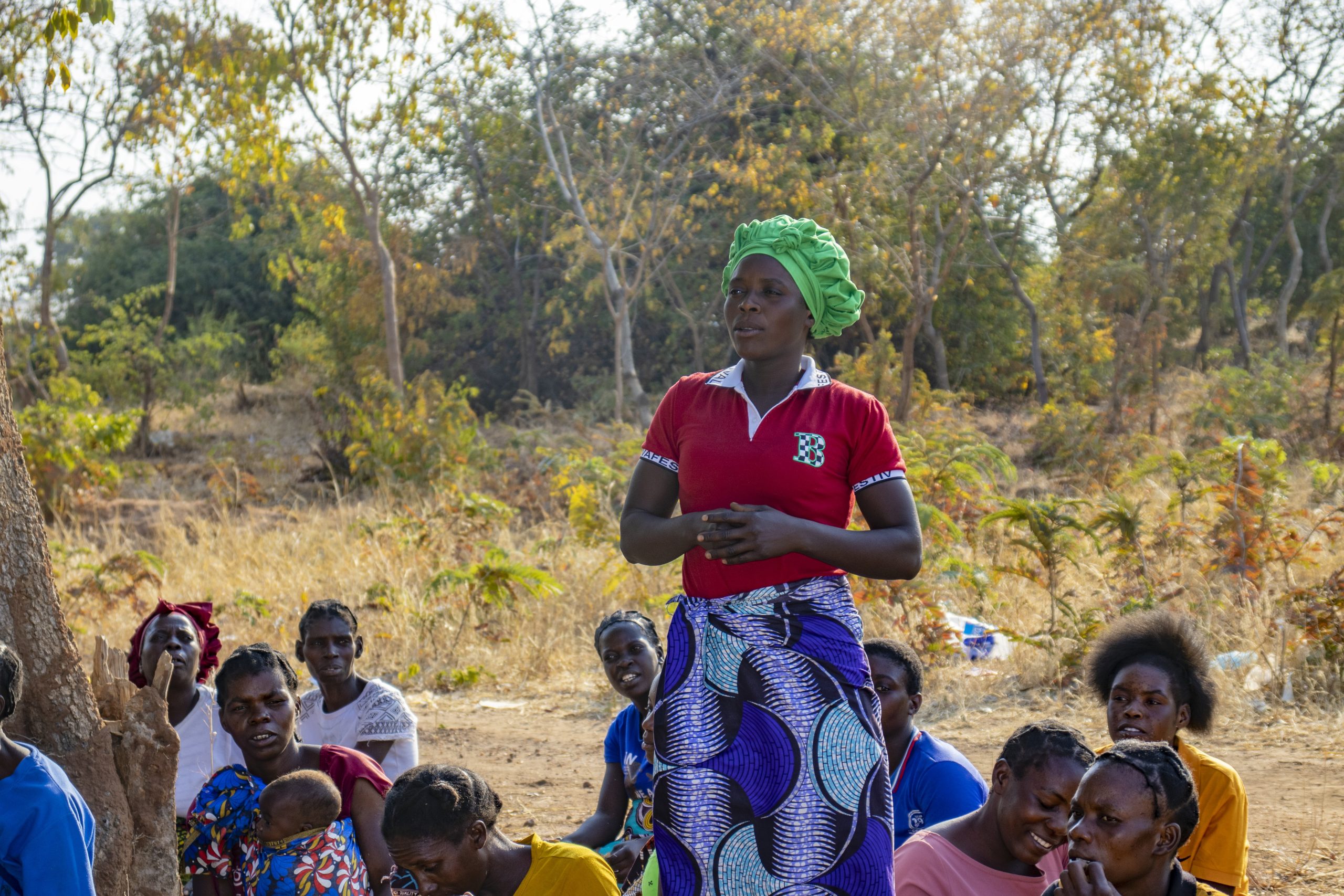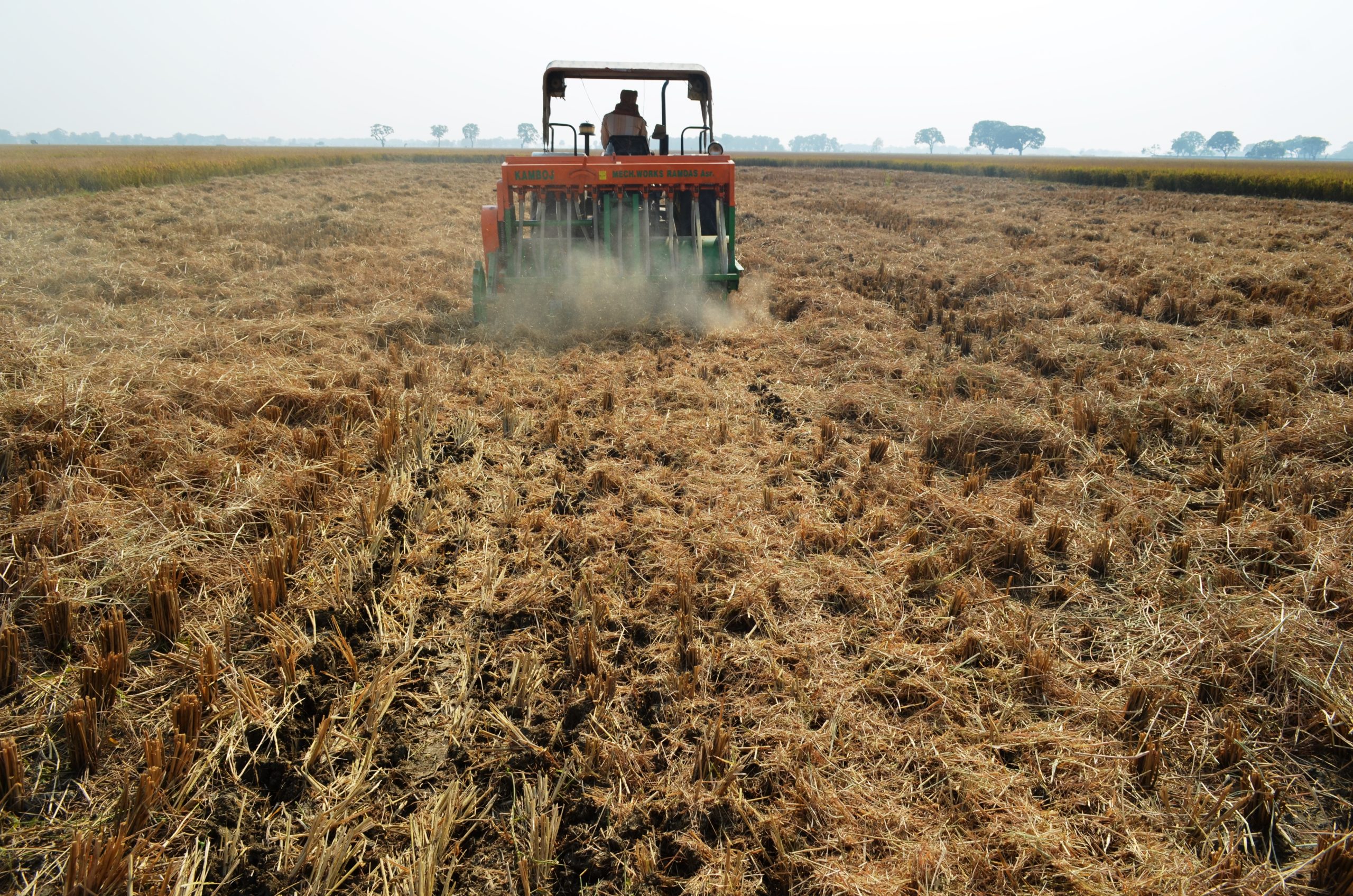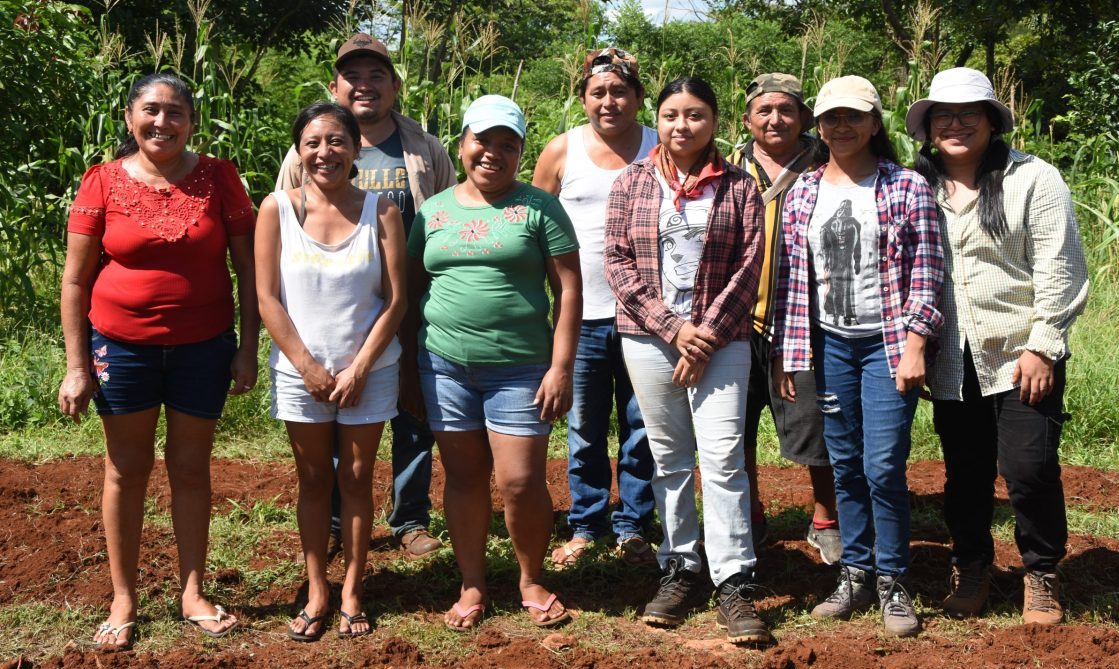Blogs
Exploring Azolla Farming as a Sustainable Feed Source for Poultry in Murehwa, Zimbabwe
 Capacity development
Capacity development
Azolla is enhancing sustainable poultry farming in Murehwa, Zimbabwe, through its integration into CIMMYT-led Agroecology Initiative efforts
Advanced Training in Conservation Agriculture: Fostering Sustainable Agronomic Systems
 Capacity development
Capacity development
CIMMYT’s training on Conservation and Regenerative Agriculture empowered participants with climate-resilient farming practices to strengthen agrifood systems
Sowing a Seed of Hope: Transforming Lives through Mixed Farming in Nepal
 Innovations
Innovations
In Nepal, CIMMYT’s Mixed Farming Initiative transforms traditional farming into sustainable, resilient systems for marginalized communities
Why early-stage on-farm sparse testing could be a game changer for crop breeding in Africa
 Climate adaptation and mitigation
Climate adaptation and mitigation
Early-stage on-farm testing tailors crop breeding to the realities of smallholder farmers, increasing efficiency and impact.
Beyond Survival: Thriving through solar innovation and empowerment in Sudan
 Capacity development
Capacity development
As Sudan grapples with the dual crises of conflict and climate change, solarization offers a scalable solution with multiple benefits. Its potential to empower women, engage youth, and strengthen public-private partnerships positions it as a cornerstone for sustainable agricultural development
How one farmer is learning and leading the way in improved millet and groundnut seed production in Uganda
 Innovations
Innovations
Through access to drought-tolerant and disease-resistant crop varieties, Dennis Obua transformed a handful of seeds into a thriving farm, inspiring an entire community to embrace resilient farming practices
Farmer trials with improved seeds to promote seed production and improve local farming practices
 Capacity development
Capacity development
In Uganda’s Bukedea District, Nelson Ekurutu, with CIMMYT’s support, is testing improved crops to help farmers boost yields and build resilience through better seeds and practices
Atubandike: Breaking down gender barriers in Zambia’s agricultural advisory services
 Gender equality, youth and social inclusion
Gender equality, youth and social inclusion
How Atubandike is breaking barriers in Zambia’s agricultural advisory services by equipping women as digital champions and fostering gender equity through community-driven solutions that challenge entrenched stereotypes
Transforming Farming in Uganda: The journey of four farmers and their demonstration plots
 Dryland Crops
Dryland Crops
Demonstration plots in Uganda showcase improved crops, inspiring farmers to adopt resilient varieties and boost food security
How Atubandike dialogues are redefining gender and youth inclusion in Zambian agriculture
 Gender equality, youth and social inclusion
Gender equality, youth and social inclusion
CIMMYT’s Atubandike initiative empowers women and youth in Zambia, promoting inclusivity and resilience in agriculture through dialogue and capacity building.
Enhancing agricultural research with FAO’s AGRIS and AGROVOC programs: A conversation with CIMMYT’s knowledge management team
 Innovations
Innovations
CIMMYT leverages AGRIS for global visibility and AGROVOC for seamless data access, advancing its mission to share vital agricultural knowledge.
Exploration of options for functional seed systems and understanding of market needs for cereals and pulses in sub-Saharan Africa
 Environmental health and biodiversity
Environmental health and biodiversity
The Seed Systems and Market Intelligence team of CIMMYT’s Sustainable Agri-Food Systems Programme met in Kenya for a three-day retreat to review cutting-edge research on seed systems and market dynamics.
Strengthen the soil, strengthen the future of agri-food systems: The Economics of Healthy Soils for Sustainable Food Systems
 Climate adaptation and mitigation
Climate adaptation and mitigation
Healthy soils are the foundation of resilient food systems. On this World Soil Day, we explore the link between soil health, food systems, and the 2024 theme – “Measure, Monitor, and Manage”.
The other revolution that was born in Mexico: The legacy of sustainable transformation and its new roots
 Innovations
Innovations
Mexico is driving agricultural transformation by integrating sustainable practices such as regenerative agriculture, agroecology, integrated fertility and efficient mechanization. Through the Hub model developed by CIMMYT, it promotes innovation, food security and the well-being of producers
‘I have bigger plans ahead’ – The journey of Tichaona from odd-job man to agricultural entrepreneur
 Capacity development
Capacity development
Tichaona’s journey exemplifies the benefits of empowering local service providers in rural agriculture. Through the CGIAR Agroecology Initiative, he transformed from being a community handyman to establishing a successful agriculture business in Mbire. This in turn benefited the entire community
